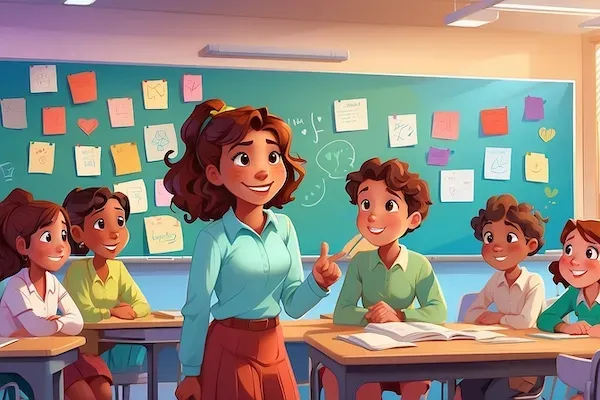
A Guide for Student Transformation
Think for a moment about a student that visits your office often. What if you could step into that student’s mind momentarily and learn how she sees herself? Think about how those current descriptions lead her actions and rob her of competency.
Luckily, for most students, their descriptions are healthy ones… for example, they may story themselves as smart, nice, and kind. For other students, the descriptions are not so healthy… they story themselves as students always in trouble, a troublemaker or just dumb.
By checking in with students about how they describe themselves, you have an opportunity to help them to “re-describe” themselves when their descriptions lead to actions that don’t work well for them.
For example, observe the table below:

I created this table for you based on the wonderful work of Michael White and David Epston, narrative therapists who have influenced my work for the past thirty years. The idea that people can “re-story” their lives and create new chapters has served my school clients who have dealt with a variety of situations that attempted to cripple them.
By helping school clients to “step out of that story into a better one,” (aka the Miracle Question!) the faces of school clients often visibly change before you. This idea from my narrative colleagues helps school clients to create hope and gives you a fantastic experience as well.
Watching school clients discover hope in your office, even if it is slightly, can make your day as well.
